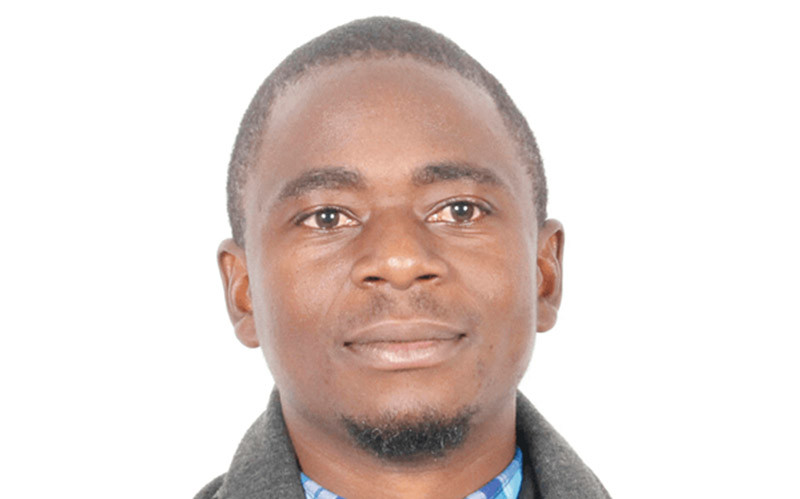
AS the global climate crisis escalates, the need for effective and sustainable solutions becomes increasingly urgent. While reducing greenhouse gas emissions is essential, harnessing the power of healthy soils through soil management techniques offers a promising avenue for carbon sequestration and climate change mitigation. Various sustainable agricultural practices can significantly contribute to carbon storage and reduce atmospheric carbon dioxide levels.
What is carbon sequestration?
Carbon sequestration involves capturing and storing carbon dioxide (CO2) from the atmosphere. It can be thought of as removing excess CO2 — one of the main greenhouse gases contributing to climate change and keeping it locked away for a long time.
Various natural systems, such as forests, plants and oceans, can absorb carbon dioxide during carbon sequestration. These systems and processes help to trap and store carbon, preventing it from being released into the atmosphere.
For example, trees absorb carbon dioxide from the air through photosynthesis. They use the carbon to grow and store it in their trunks, branches and leaves.
By preserving existing forests or planting new trees, we can increase carbon sequestration and reduce the concentration of CO2 in the atmosphere.
Other forms of carbon sequestration include storing carbon in soil by promoting healthy soil management practices, such as reducing soil disturbance, using cover crops, or implementing agroforestry.
Cover cropping
- Opportunities abound in organic farming
- Unlocking healthy soils’ potential in climate change mitigation
- Climate change also creates opportunities
- Agroforestry: The green revolution that can empower farmers and save our planet
Keep Reading
Cover cropping is a sustainable agricultural technique involving planting various crops in fields when the main crops have been harvested. These extra crops serve multiple purposes and offer many benefits for the soil and overall land health.
The primary purpose of cover cropping is to protect the soil from erosion by wind or heavy rainfall. When fields are bare during non-growing seasons, soil can easily wash away or be blown away by the wind. Cover crops act like a protective blanket, keeping soil in place. This is especially important because soil erosion can lead to nutrient loss and reduce soil fertility.
The cover crops also help to improve the quality of the soil. When cover crops grow, their roots reach deep into the ground, loosening the soil and making it easier for water and plant roots to penetrate. This improves the soil structure and increases its ability to retain water, which is crucial for growing healthy crops.
Another benefit of cover cropping is that it adds organic matter to the soil. When cover crops die, they decompose and become organic matter, enriching the soil with essential nutrients. This organic matter feeds beneficial organisms such as earthworms and microbes, creating a healthy ecosystem in the soil. These organisms, in turn, help break down nutrients from the cover crops, making them available for future crops to use.
Cover crops also offer a way to control weeds naturally. Crowding the soil surface with their dense foliage, cover crops shade out weeds, preventing them from getting enough sunlight to grow. This reduces the need for herbicides or extensive manual weeding, promoting more environmentally friendly farming practices.
Crop rotation
Crop rotation is a long-practised farming system where farmers change the type of crops they grow in a particular field from season to season. Instead of planting the same crop year after year, different crops are alternated, like a well-organised dance routine for plants.
It is important because each crop has different needs and returns something to the soil. Some crops, like legumes (beans, peas, and groundnuts), have little “friends” called nitrogen-fixing bacteria on their roots. These bacteria can take nitrogen from the air and convert it into a form that plants can use. When legumes are planted, they enrich the soil by adding extra nitrogen.
This helps the next crop, which may require more nitrogen, to grow better without synthetic fertilisers.
Changing crops also helps to control pests and diseases. Just like we get bored by eating the same food daily, pests and diseases also get used to one crop type. By switching crops, farmers confuse and disrupt the pests' party. If a pest prefers one type of crop, planting something different the next season can break its life cycle and decrease its numbers. Plus, different crops can attract beneficial insects that help keep pests in check.
One of the biggest benefits of crop rotation is that it helps to maintain the soil’s health and fertility.
Different crops have different root systems; some go deep into the soil, while others stay shallow. This “root action” keeps the soil well-aerated and helps prevent soil erosion. Also, by having a variety of crops, farmers can ensure they are using the nutrients in the soil more efficiently, reducing the risk of nutrient imbalances or depletion.
Conservation tillage
Conservation tillage is a sustainable farming method aiming to minimise soil disturbance during the planting and growing of crops. Instead of traditional ploughing that turns over the soil, conservation tillage work to keep the soil surface covered and undisturbed as much as possible. A classic example is the Pfumvudza/Intwasa farming approach, where farmers prepare small planting pits or basins in previously untilled land. These pits are dug close together and arranged in rows. The pits are filled with organic matter like humus or compost, which helps to enrich the soil with nutrients.
Once the pits are ready, seeds or seedlings are planted, and the soil around them is undisturbed. This helps to retain moisture in the soil, reduce soil erosion, and suppress weed growth. By leaving the soil undisturbed instead of ploughing large areas, Pfumvudza/Intwasa conserves moisture and nutrients while protecting the soil structure and beneficial organisms.
In developed countries, conservation tillage techniques are also widely practised. Various equipment, such as no-till drills or seeders, sow seeds directly into the untilled soil, eliminating the need for extensive ploughing and cultivating. These tools are designed to create narrow slits or openings in the soil where seeds are placed, leaving the rest of the soil undisturbed.
Agroforestry
Agroforestry is a sustainable farming practice that combines the benefits of agriculture and forestry. It involves growing crops, raising animals, and planting trees together in a way that helps the environment and improves people’s lives.
Farmers plant different types of trees alongside their crops. These trees provide multiple benefits. For example, they can offer shade to crops, which helps protect them from extreme heat and wind. The trees also act as a natural fence, preventing soil erosion and keeping the farmland intact.
Furthermore, the trees provide fruits, nuts or other valuable products that the farmers can sell or consume. Trees absorb carbon dioxide, therefore, by planting more trees, farmers play a vital role in reducing the effects of climate change.
Course of action
Adopting practices that promote carbon sequestration addresses climate change and enhances overall soil health and agricultural sustainability. Farmers, policymakers, and stakeholders need to recognise the potential of healthy soils in climate change mitigation efforts.
Promoting and implementing these soil management techniques can establish a virtuous cycle where more carbon is stored in the soil, contributing to global efforts to combat climate change.
- Takudzwanashe Mundenga is a journalist, NSERC-CREATE Climate Smart Soils fellow, and MSc candidate in capacity development and extension at the University of Guelph, Canada. His expertise lies in climate change and soil science communications








